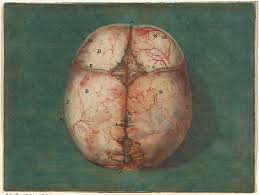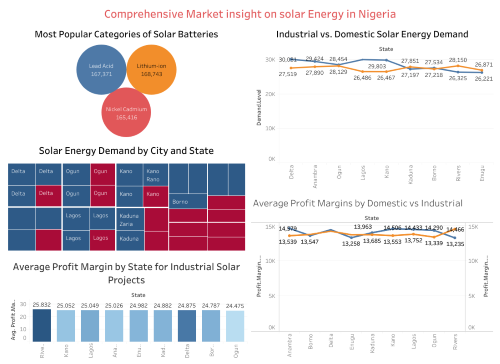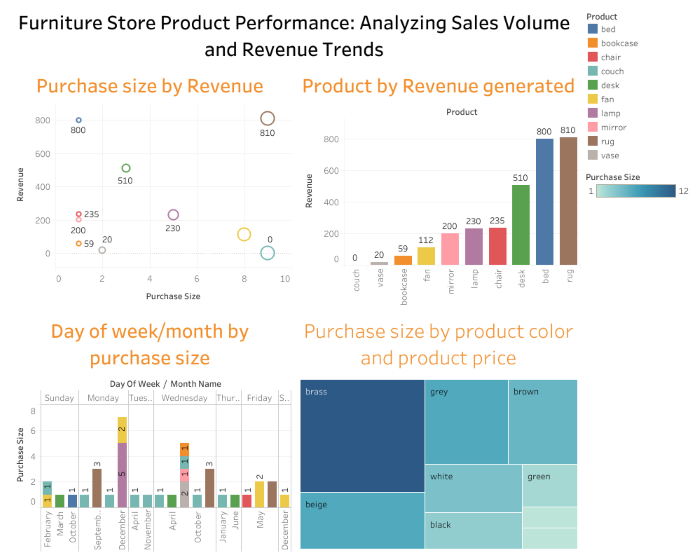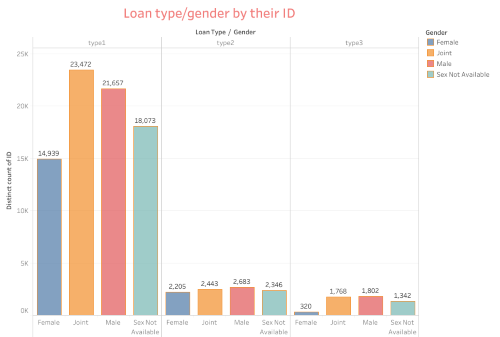Where Do Emotions Come From: The Brain or the Heart?

Emotions are a fundamental aspect of the human experience, influencing thoughts, behaviors, and interactions hence the question: Where Do Emotions come From: The Brain or the Heart? Emotions come from the limbic system which is a set of interconnected structures located deep in the brain and it is the part of the brain responsible for behavior and emotional responses
The brain or the heart—has intrigued philosophers, scientists, and poets for centuries. This article delves into this age-old debate, exploring historical perspectives, scientific insights, and cultural interpretations to provide a comprehensive understanding of the origins of our emotions.
The Age-Old Debate: Brain vs. Heart
For millennia, humans have pondered the origins of emotions. Ancient civilizations often attributed Emotions Come From the heart, viewing it as the seat of the soul and the source of feelings. Conversely, modern science places the brain at the center of emotional processing.
This dichotomy between the brain and the heart has shaped the way we perceive and understand emotions, leading to a rich tapestry of beliefs and theories.
Historical Perspectives on Emotions
Ancient Beliefs and the Heart’s Role
In ancient cultures, the heart was seen as the epicenter of emotions. Egyptians believed that the heart was the key to the afterlife, and it was weighed against a feather to judge one’s soul.
Similarly, in Chinese medicine, the heart is considered the ruler of all organs, embodying the spirit and emotional well-being. These beliefs underscore the heart’s symbolic and literal importance in early understandings of human emotions.
Philosophers and the Birth of Rational Thought
Philosophers like Aristotle and Plato debated the nature of emotions, often linking them to the heart.
Aristotle posited that the heart was the primary organ of sensation and emotion, while Plato suggested a tripartite soul, with emotions residing in the spirited part, closely connected to the heart.
This philosophical groundwork laid the foundation for future explorations into the mind-body connection.
The Scientific Revolution and the Brain’s Emergence
With the advent of the Scientific Revolution, the focus shifted from the heart to the brain. Anatomists like Andreas Vesalius and later neuroscientists began to uncover the brain’s complexities, revealing its central role in cognitive and emotional processes.
The brain, with its intricate network of neurons and synapses, emerged as the primary organ of emotion, challenging the long-held supremacy of the heart.
Understanding Emotions: A Modern Overview
What are Emotions
Emotions are complex psychological states that involve three distinct components: a subjective experience, a physiological response, and a behavioral or expressive response. They are multifaceted and dynamic, shaping our interactions and experiences. Understanding emotions requires a holistic approach, considering both physiological and psychological dimensions.
The Complex Nature of Emotional Responses
Emotional responses are not uniform; they vary in intensity and duration. They can be fleeting, like a momentary burst of joy, or long-lasting, such as enduring grief. This complexity reflects the interplay between various physiological processes and cognitive appraisals, illustrating the nuanced nature of emotional experiences.
The Interplay Between Mind and Body
Emotions are not confined to the mind; they manifest physically as well. The sensation of a racing heart, sweaty palms, or a lump in the throat highlights the intrinsic connection between emotional and physical states. This mind-body interplay is essential for understanding the full spectrum of emotional experiences.
The Brain’s Role in Emotions
Anatomy of the Brain: Key Regions Involved
The brain consists of several regions that play pivotal roles in processing emotions. Key areas include the limbic system, prefrontal cortex, and amygdala. Each region contributes uniquely to the perception, regulation, and expression of emotions.
The Limbic System: The Emotional Center
The limbic system, often referred to as the emotional brain, includes structures such as the hippocampus, hypothalamus, and amygdala. It is crucial for the formation and processing of emotions, linking cognitive functions with emotional responses.
The Amygdala: Fear and Pleasure Responses
The amygdala, an almond-shaped structure within the limbic system, is central to the processing of fear and pleasure. It rapidly assesses threats and triggers the body’s fight-or-flight response, illustrating its role in survival and emotional regulation.
The Prefrontal Cortex: Regulating Emotions
The prefrontal cortex, located at the front of the brain, is responsible for higher-order cognitive functions, including the regulation of emotions. It helps modulate emotional responses, enabling individuals to manage impulses and make rational decisions.
Neurotransmitters: The Chemical Messengers
Serotonin, Dopamine, and Emotional Balance
Neurotransmitters are chemicals that transmit signals across synapses in the brain. Serotonin and dopamine are particularly influential in regulating mood and emotions. Serotonin contributes to feelings of well-being and happiness, while dopamine is associated with reward and pleasure.
Hormones and Their Impact on Feelings
Hormones such as cortisol and adrenaline also play a significant role in emotional responses. These chemical messengers influence how we react to stress, excitement, and other emotional stimuli, highlighting the biochemical underpinnings of our feelings.
The Heart’s Connection to Emotions
Heart-Brain Communication: The Vagus Nerve
The vagus nerve, a key component of the parasympathetic nervous system, facilitates communication between the heart and brain. It helps regulate heart rate and is involved in the body’s relaxation response, demonstrating the bidirectional relationship between these organs.
The Science of Heart Rate Variability (HRV)
Heart rate variability (HRV) is the variation in time between consecutive heartbeats. It is a measure of the heart’s ability to respond to stress and emotional stimuli. High HRV is associated with better emotional regulation and resilience, indicating a strong heart-brain connection.
The HeartMath Institute’s Research
The HeartMath Institute has conducted extensive research on the heart’s role in emotions. Their studies suggest that the heart generates a powerful electromagnetic field that can influence emotional states, supporting the idea that the heart plays a significant role in emotional experiences.
Cultural and Spiritual Views on the Heart
The Heart in Literature and Art
Throughout history, the heart has been a central motif in literature and art. From Shakespeare’s sonnets to modern poetry, the heart symbolizes love, passion, and emotional depth. Artistic expressions often reflect the heart’s perceived role as the emotional core.
Religious Symbolism of the Heart
In many religions, the heart is seen as a sacred symbol. For example, in Christianity, the Sacred Heart of Jesus represents divine love and compassion. Similarly, in Hinduism, the heart chakra is considered the center of spiritual energy and emotional balance.
The Mind-Body Connection
Psychophysiology: Bridging the Gap
Psychophysiology examines the relationship between psychological processes and physiological responses. It provides insights into how emotions are experienced in the body, bridging the gap between mental and physical health.
How Emotions Affect Physical Health
Emotions have a profound impact on physical health. Chronic stress, for example, can lead to cardiovascular problems, while positive emotions are linked to improved immune function. Understanding this connection underscores the importance of emotional well-being for overall health.
Somatic Experiences: Feeling Emotions in the Body
Somatic experiences are the physical manifestations of emotions. They include sensations such as tension, warmth, or heaviness, reflecting the body’s response to emotional states. Recognizing these experiences can enhance emotional awareness and self-regulation.
Case Studies and Real-Life Examples
Notable Studies on Emotion and the Brain
Numerous studies have explored the brain’s role in emotion. Research using fMRI and PET scans has identified specific brain regions activated during emotional experiences, providing a deeper understanding of the neural basis of emotions.
Heartfelt Stories: Emotional Experiences
Real-life stories often highlight the profound connection between the heart and emotions. Accounts of people experiencing “heartache” or “heartfelt joy” illustrate the visceral nature of emotional experiences and the heart’s symbolic significance.
Psychological and Therapeutic Insights
The Role of Therapy in Understanding Emotions
Therapy can help individuals understand and manage their emotions. Techniques such as cognitive-behavioral therapy (CBT) and emotion-focused therapy (EFT) provide tools for recognizing and regulating emotional responses, and promoting mental health and well-being.
Mindfulness and Emotional Awareness
Mindfulness practices enhance emotional awareness by encouraging individuals to observe their feelings without judgment. This heightened awareness can lead to better emotional regulation and a deeper understanding of the mind-body connection.
The Future of Emotion Research
Technological Advances in Neuroscience
Advances in neuroscience, such as brain imaging and neurofeedback, are expanding our understanding of emotions. These technologies allow researchers to explore the neural mechanisms underlying emotional experiences, paving the way for new treatments and interventions.
Integrative Approaches to Studying Emotions
Integrative approaches that combine neuroscience, psychology, and physiology are essential for a comprehensive understanding of emotions. These multidisciplinary perspectives offer a holistic view of how emotions are generated and experienced.
Conclusion
The debate over whether emotions originate in the brain or the heart is both complex and multifaceted.
While modern science emphasizes the brain’s role, the heart’s symbolic and physiological contributions cannot be overlooked. Emotions are best understood as a symbiotic process involving both the brain and the heart.
A holistic view recognizes that emotions arise from the interplay between neurological and physiological processes.
This perspective honors the contributions of both the brain and the heart, offering a more nuanced understanding of emotional experiences.
Emotions are a vital aspect of human life, influencing our health, relationships, and well-being.
Continued exploration and understanding of the origins and mechanisms of emotions can enhance our ability to navigate and appreciate the rich tapestry of human feelings









